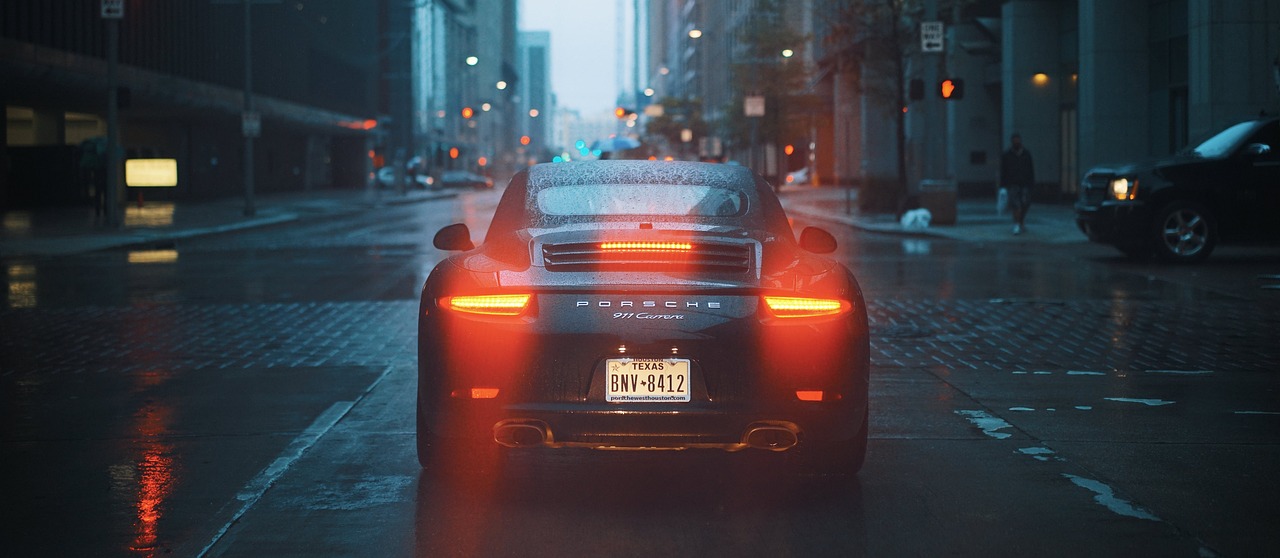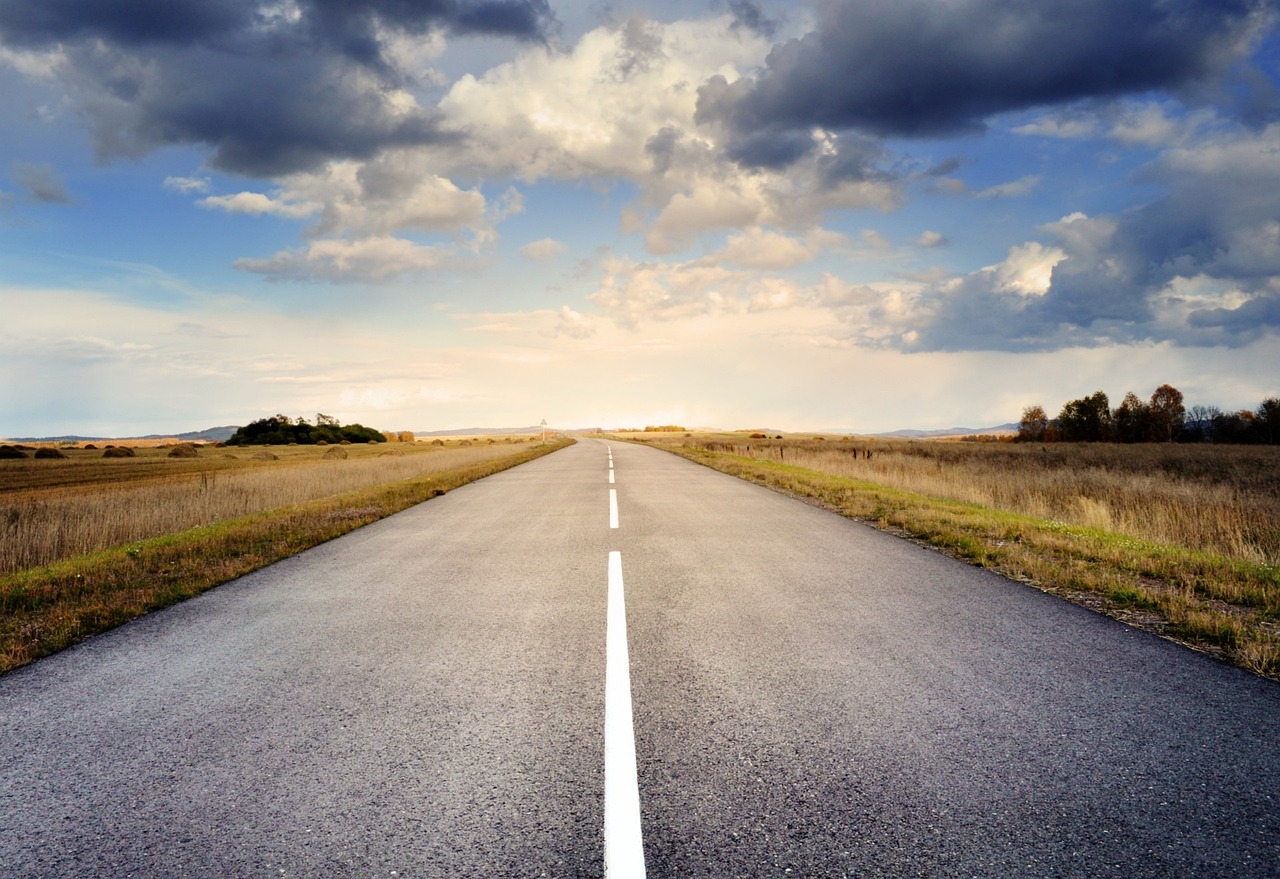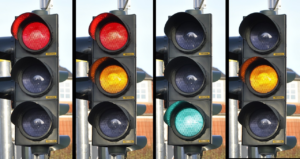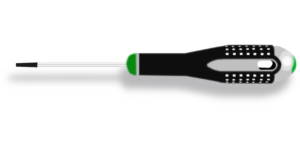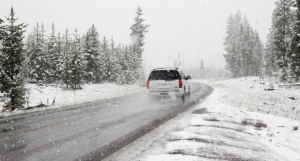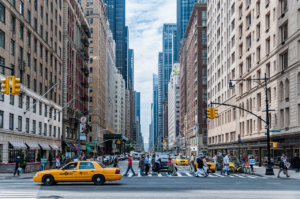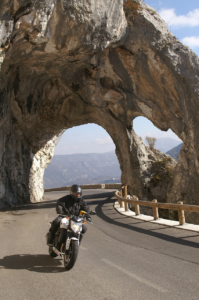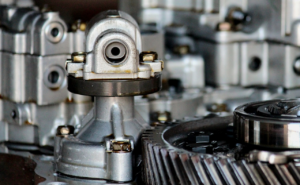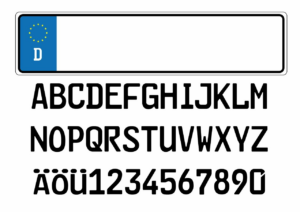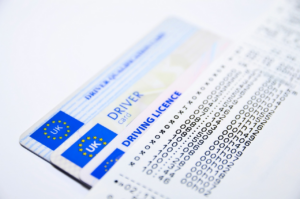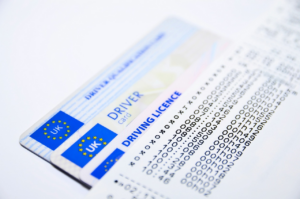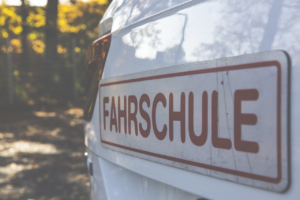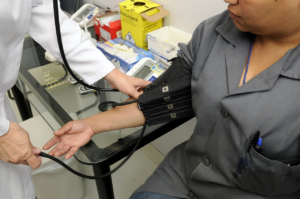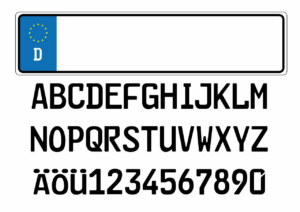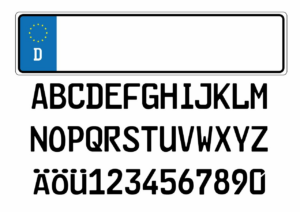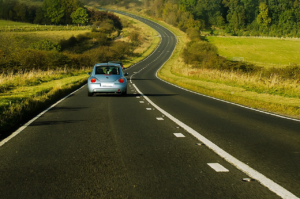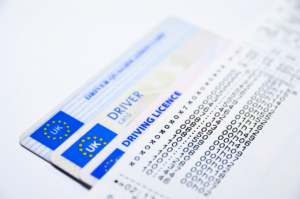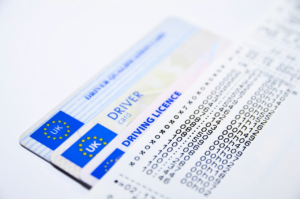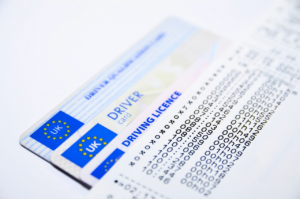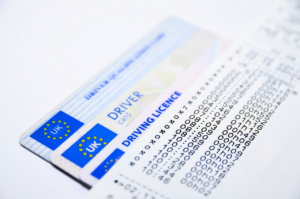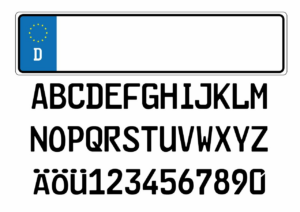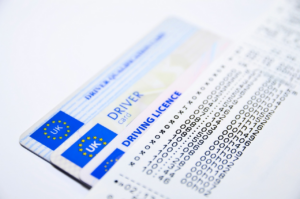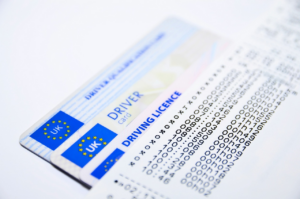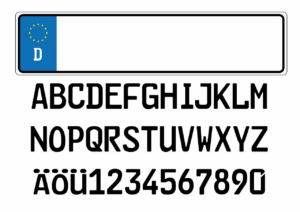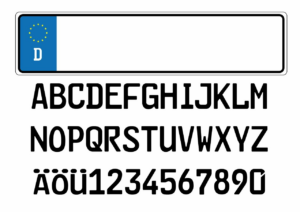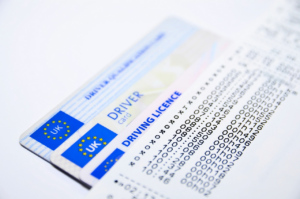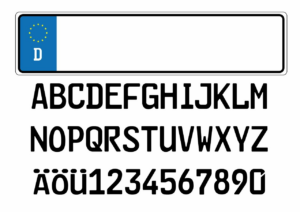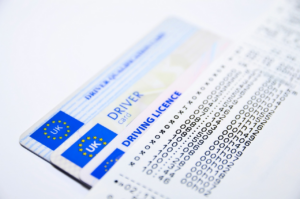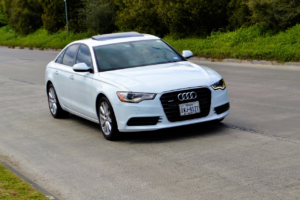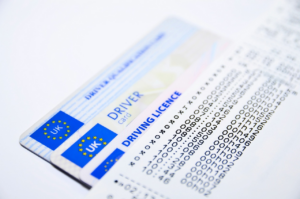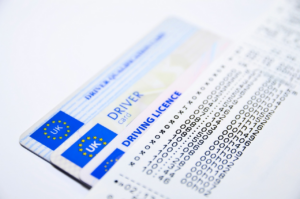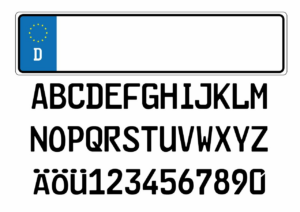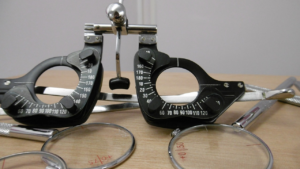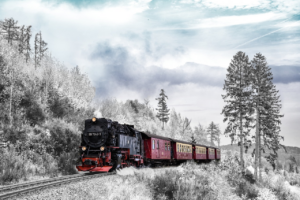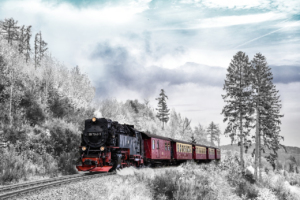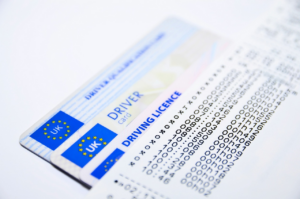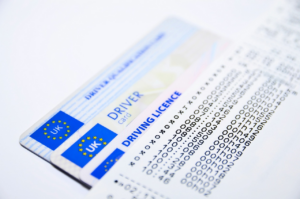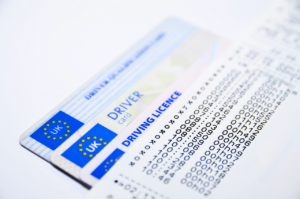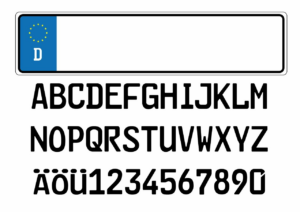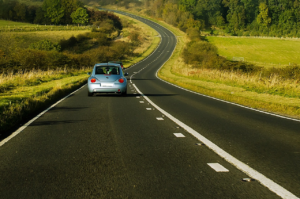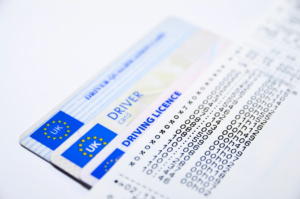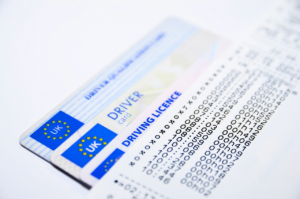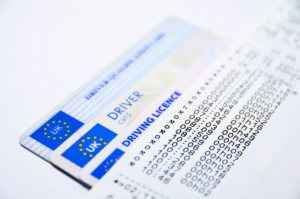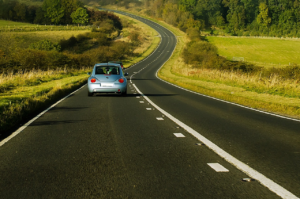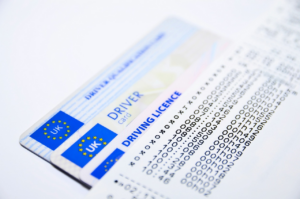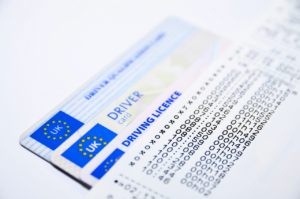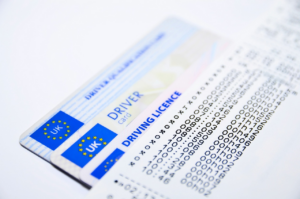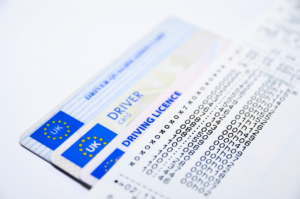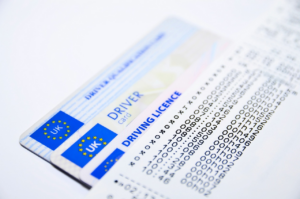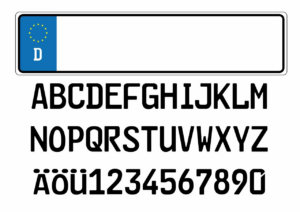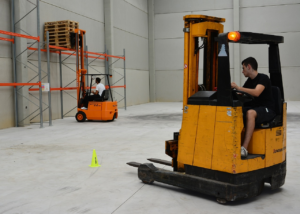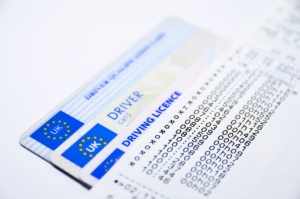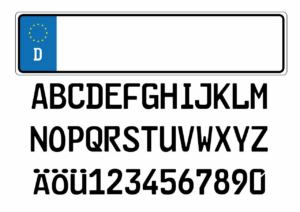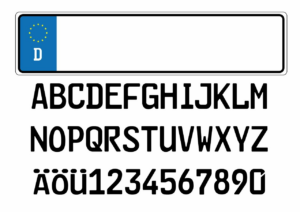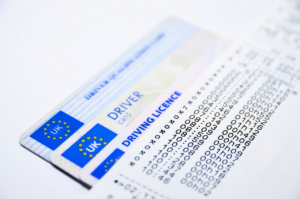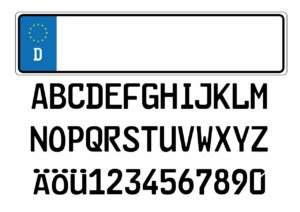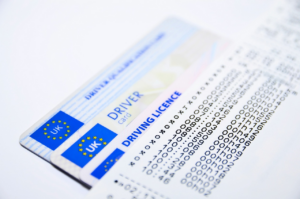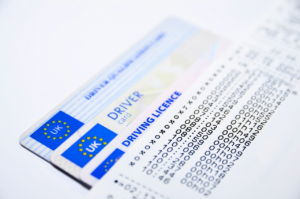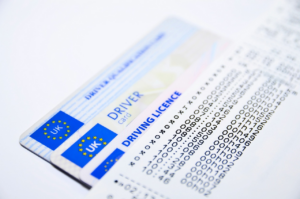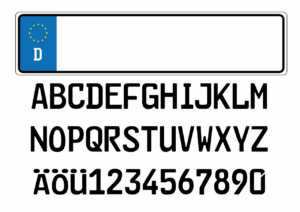Driving through a construction zone can be a stressful experience, but it doesn’t have to be. By taking a few simple precautions, you can ensure that you and everyone else on the road stays safe.
In this article, we’ll share eight tips and tricks for driving safely in construction zones. First and foremost, it’s important to plan ahead and stay alert. Construction zones can be unpredictable, so make sure you’re aware of any upcoming work zones along your route.
Keep your eyes on the road and avoid distractions like your phone or the radio. By staying alert, you’ll be able to react quickly to any changes in road conditions and avoid potential hazards.
So, buckle up and get ready to learn how to navigate construction zones safely and with confidence.
Plan Ahead and Stay Alert
Before you hit the road, make sure you’re mentally prepared to handle any unexpected obstacles that may arise while navigating through work areas. This means paying extra attention to road signs, staying alert for construction workers and equipment, and reducing your speed to account for any changes in traffic patterns.
When planning your route, be sure to check for any road closures or detours that may be in effect due to construction, and allow yourself extra time to reach your destination.
In addition to staying focused on the road, it’s also important to minimize any distractions that may interfere with your driving. This means putting away your phone, turning off the radio, and avoiding any other activities that may take your attention away from the task at hand.
Remember, construction zones are a high-risk area for accidents, so it’s crucial to stay alert and focused on the road at all times.
By following these tips, you can help ensure a safe and stress-free journey through any work areas you may encounter on the road.
Slow Down and Follow Speed Limits
To stay safe in construction areas, it’s crucial to slow down and stick to the posted speed limit. Although it may be tempting to speed up and get through the construction zone quickly, doing so can put you and others at risk. Remember that construction zones are often congested with workers, large vehicles, and equipment, so it’s important to take extra precautions.
Here are three tips for slowing down and following the speed limit:
-
Pay attention to signs and warnings: Speed limit signs and other warnings are often posted well in advance of construction zones, so be sure to keep an eye out for them. When you see a sign indicating a reduced speed limit, slow down immediately.
-
Give yourself plenty of time: If you know you’ll be driving through a construction zone, plan ahead and give yourself extra time to reach your destination. This will help you avoid feeling rushed and tempted to speed up.
-
Be patient: Remember that construction zones can be frustrating, but it’s important to remain patient and drive carefully. Keep a safe distance from the vehicle in front of you, and avoid sudden lane changes or maneuvers.
By slowing down and following the speed limit, you’ll be doing your part to keep everyone safe on the road.
Watch for Construction Workers
You need to be aware of workers on foot when driving through construction zones. They’re at risk of being hit by passing vehicles, so it’s important to give them plenty of space.
Always follow flaggers’ instructions to ensure the safety of both workers and drivers.
Be Aware of Workers on Foot
Stay alert for workers walking around in construction areas and be ready to yield to them to ensure their safety and yours.
Workers on foot are often moving around the construction site to complete tasks such as setting up equipment, carrying materials, or directing traffic. They may be wearing high-visibility clothing, but it’s still crucial to keep an eye out for them and give them the right of way.
Even if it means slowing down or stopping, it’s always better to be safe than sorry.
In addition to watching out for workers on foot, be aware of any signs or barriers that may indicate they are working in the area. These barriers are typically put in place to keep workers and drivers safe and should never be ignored.
If you see a sign that says ‘road work ahead’ or ‘construction zone,’ slow down and be prepared for changes in traffic patterns or road conditions.
By staying alert and being mindful of workers on foot, you can help ensure a safe and successful construction project for everyone involved.
Give Workers Plenty of Space
Giving workers enough space is crucial for ensuring their safety and avoiding accidents while driving through construction areas. This means reducing your speed and increasing the distance between your vehicle and the construction area. When driving through a construction zone, you should always be prepared to stop if necessary.
Give yourself plenty of time to react to any unexpected situations that may arise. In addition to reducing your speed and increasing your following distance, it’s also important to avoid sudden lane changes or turns. Workers on foot may be moving around the work zone, and sudden movements on your part could put them in danger.
Stay in your lane and maintain a steady speed until you have safely passed through the construction area. By giving workers plenty of space, you can help ensure their safety and prevent accidents from occurring.
Follow Flaggers’ Instructions
Now that you know how important it is to give workers plenty of space in construction zones, the next step to ensuring your safety is to follow flaggers’ instructions.
These individuals are responsible for directing traffic flow through construction zones, and their instructions must be followed at all times.
To ensure that you’re driving safely, it’s crucial that you pay attention to their signals and directions. Flaggers use various signals to communicate with drivers.
These signals include hand signals, flags, and signs. You must pay close attention to these signals and follow their instructions precisely.
If you don’t understand their signals, don’t hesitate to ask for clarification. Remember, flaggers are there to keep you safe, so it’s crucial that you follow their instructions to avoid accidents and ensure the safety of everyone in the construction zone.
Keep a Safe Distance
When driving in a construction zone, it’s important to keep a safe distance between your vehicle and the one in front of you. Maintaining a safe following distance can give you more time to react to sudden stops or movements from workers.
Avoid tailgating and be prepared for sudden stops to ensure the safety of everyone around you. Remember, safety should always be your top priority when driving in a construction zone.
Maintain a Safe Following Distance
To stay out of harm’s way, it’s crucial to keep a safe distance from vehicles in front of you while cruising through these areas under construction. This is because construction zones are often unpredictable, and unexpected things can happen at any moment.
You never know when a worker might step out onto the road, or when a piece of debris may fly up and hit your car. By maintaining a safe following distance, you’ll give yourself enough time to react to any sudden changes in the road or traffic conditions.
So how do you determine what a safe following distance is? As a general rule of thumb, you should stay at least three seconds behind the vehicle in front of you. To do this, simply pick a stationary object on the side of the road, such as a sign or a tree, and count how long it takes for the car in front of you to pass it.
If it takes less than three seconds, you’re following too closely and should slow down. Remember, it’s always better to be safe than sorry, so don’t be afraid to give yourself a little extra space.
Avoid Tailgating
It’s crucial to avoid tailgating in construction areas if you want to keep yourself and others safe on the road.
Construction zones are full of hazards, including debris, equipment, and workers, which can make it difficult to navigate the area safely.
Tailgating increases the risk of a collision, as it reduces the amount of time you have to react to sudden changes on the road.
To avoid tailgating in construction zones, maintain a safe following distance of at least 3-4 seconds. This will give you enough time to react to any sudden changes on the road, such as debris or workers entering the roadway.
You should also be aware of your surroundings at all times and adjust your speed accordingly. Remember that construction zones often have lower speed limits than other areas of the road, so be sure to slow down and stay alert.
By following these tips, you can help ensure a safe and smooth driving experience in construction zones.
Be Prepared for Sudden Stops
Get ready for unexpected stops by keeping a safe distance and staying alert while driving through construction areas. Construction zones are notorious for sudden stops and unexpected changes to traffic patterns. As you approach a construction area, slow down and increase your following distance. This will give you more time to react if the traffic in front of you comes to a sudden stop.
Keep in mind that construction workers and equipment may be present, so it’s important to stay alert and focused on the road. To help you stay safe and alert while driving through construction zones, consider the following tips:
- Turn down the radio and limit distractions. This will allow you to hear any warning signs or signals from construction workers.
- Keep an eye out for construction signs and obey posted speed limits. These signs are there to help you stay safe and navigate the construction zone.
- Always wear your seatbelt and ensure all passengers are properly restrained. In the event of a sudden stop, your seatbelt can help keep you safe.
- Be patient and courteous to other drivers. Remember, everyone is navigating the same construction zone and trying to get to their destination safely.
By following these tips and staying alert, you can help ensure a safe trip through construction areas.
Use Caution Around Heavy Equipment
When driving in construction zones, it’s important to be cautious around big vehicles. These large machines can be difficult to maneuver and may have limited visibility, so it’s important to give them plenty of space.
Additionally, it’s important to stay clear of construction equipment and be prepared for equipment to move suddenly. By staying alert and aware of your surroundings, you can help ensure your safety and the safety of those around you.
Be Cautious Around Big Vehicles
Watch out for those big vehicles in construction areas! They can be tricky to navigate around, so be extra cautious when driving near them. These vehicles, like dump trucks and bulldozers, often have limited visibility and require more space to maneuver. Keep in mind that they may need to make sudden stops or turns, so give them plenty of room and avoid tailgating.
In addition, be aware of blind spots when driving near big vehicles. If you can’t see the driver in their mirrors, they can’t see you either. Make sure to position yourself where the driver can see you, or if you’re passing, do it quickly and safely.
Remember that construction sites can be loud and chaotic, so always stay alert and focused on your surroundings. By being cautious and aware of big vehicles in construction areas, you can help ensure a safer driving experience for everyone involved.
Stay Clear of Construction Equipment
Avoiding construction equipment is crucial to staying safe on the road, as these powerful machines require extra space, attention, and caution when driving near them.
Construction equipment can create blind spots for drivers, and they may not always be able to see smaller vehicles around them. These machines can also make sudden movements or stop abruptly, so it’s important to maintain a safe following distance and avoid getting too close to them.
When passing construction equipment, make sure to give them plenty of space. Don’t attempt to pass them on the right, as they may make sudden right turns. Keep a safe distance and be patient, as these machines often move slowly and may take longer to maneuver.
By staying clear of construction equipment, you can reduce the risk of accidents and ensure a safe journey through construction zones.
Be Prepared for Equipment to Move
Get ready for equipment to move – you never know when it could happen! When driving through a construction zone, it’s important to always be alert and prepared for any sudden movements from construction equipment.
Here are some tips to help you stay safe:
-
Keep a safe distance between your vehicle and any construction equipment. They can be difficult to maneuver and may need to suddenly change direction or stop.
-
Pay attention to any warning signs or signals that may indicate equipment is about to move. This could include flashing lights, flaggers, or audible signals.
-
Avoid passing construction equipment unless it’s absolutely necessary. If you must pass, do so with caution and be sure to signal your intentions to the equipment operator.
By following these tips, you can help ensure your safety and the safety of those around you while driving through a construction zone. Remember, construction equipment can be unpredictable, so always be prepared for sudden movements and changes in direction.
Stay in Your Lane
You’ll feel more secure and less stressed if you keep your focus on staying in your lane while driving through a construction zone. It’s important to remember that construction zones often have narrow lanes, and there may be barriers or cones that limit your space.
If you drift out of your lane, you could hit a barrier or cone, or even collide with another vehicle. To stay in your lane, keep your eyes on the road ahead and avoid distractions like your phone or the radio.
If you need to change lanes, make sure to signal well in advance and check your mirrors and blind spots before making the move. Remember that other drivers may also be trying to change lanes, so be patient and give them plenty of space.
By staying in your lane and being aware of your surroundings, you can help keep yourself and others safe in construction zones.
Be Prepared for Changes in Road Conditions
Hey, have you ever been caught off guard by sudden changes in road conditions while driving through a construction zone? It’s important to be prepared and aware of any obstacles or detours that may arise to ensure a safe and smooth journey.
Construction zones can be unpredictable and the road conditions can change quickly. You may encounter rough patches, uneven surfaces, or unexpected detours. That’s why it’s crucial to stay alert and keep your eyes on the road.
To be prepared for changes in road conditions, make sure to slow down and pay attention to any signs or cones indicating a change ahead. Keep a safe distance from the vehicle in front of you, as sudden stops may be necessary. Be extra cautious when driving near construction machinery or workers, and always follow the direction of any flaggers or construction personnel.
Remember to stay focused and avoid any distractions, such as using your phone or eating while driving. By taking these precautions, you can ensure a safe and stress-free journey through any construction zone.
Stay Calm and Patient
When it comes to driving through construction zones, it’s important to stay calm and patient.
First and foremost, avoid road rage – it won’t help anyone and could lead to dangerous situations.
Secondly, don’t take unnecessary risks. Follow the posted speed limit and be aware of your surroundings.
Finally, be prepared for delays. Construction zones can cause traffic backups, so plan ahead and give yourself extra time to reach your destination.
Avoid Road Rage
If you’re feeling angry or frustrated while navigating through road work areas, take a deep breath and try to remain calm. Construction zones can be stressful, and it’s important to keep a level head to avoid road rage.
Remember that the workers are doing their job to improve the road conditions and keep everyone safe. Getting angry or aggressive won’t make the construction go any faster and could put yourself and others in danger.
If you find yourself getting frustrated, try to find ways to distract yourself or calm down. Listen to your favorite music or podcast, or take a few deep breaths and focus on your driving.
If you need to, pull over to a safe spot and take a break until you feel more relaxed. Remember that everyone else on the road is dealing with the same construction and delays, so try to be patient and stay courteous to other drivers.
Keep a positive attitude and stay focused on getting to your destination safely.
Don’t Take Unnecessary Risks
Don’t take any unnecessary risks while navigating through road work areas, as it could put yourself and others in danger. Construction zones are unpredictable, with uneven road surfaces, limited visibility, lane shifts, and sudden stops. All of these conditions require you to be extra cautious and alert while driving.
Never speed through a construction zone, even if the workers are not present. There may be hidden obstacles, such as equipment, debris, or uneven pavements, that could cause you to lose control of your vehicle. Keep a safe distance from the vehicle in front of you and be prepared to stop suddenly.
In addition, avoid changing lanes or passing other vehicles unless absolutely necessary. If you do need to change lanes, signal your intention well in advance and check your blind spots for any other vehicles or workers. It’s also important to follow the posted speed limit and any other signs or signals in the construction zone.
Remember, construction workers are doing their jobs to improve the road conditions, so it’s important to respect their work and not put them in harm’s way. By following these tips, you can help ensure that you and others stay safe while driving through construction zones.
Be Prepared for Delays
You need to be ready for long waits and delays in traffic, which can be frustrating and cause you to lose precious time. Construction zones often require traffic to be reduced to one lane, causing significant backups and delays. It’s important to plan ahead and leave early if you know you’ll be driving through a construction zone, as this will give you extra time to deal with any unexpected delays.
Additionally, it’s a good idea to have some entertainment on hand to keep you occupied during long waits in traffic. This could be anything from a book or magazine to a podcast or playlist of your favorite songs. Just be sure to keep your attention on the road and not on your entertainment, as safety should always be your top priority when driving through construction zones.
By being prepared for delays and having something to occupy your time, you can make the most of your time on the road and arrive at your destination safely and on time.
Frequently Asked Questions
What are the consequences of not following construction zone speed limits?
If you don’t follow the speed limits in construction zones, you could face serious consequences. Not only can you receive a hefty fine, but you could also cause an accident.
Workers and equipment are often present in these areas, and speeding increases the likelihood of hitting someone or something. Additionally, traffic flow is often altered in construction zones, and not following the speed limit can cause backups and delays for everyone on the road.
It’s important to remember that construction zones are temporary, and slowing down and being patient can help ensure everyone’s safety.
Are there any specific times when construction zones are more active?
If you want to know when construction zones are more active, pay attention to the time of day and day of the week. Generally, construction crews work during daylight hours, so the busiest times for construction zones are usually from early morning until late afternoon.
Additionally, weekdays tend to be busier than weekends since most construction crews take weekends off. However, it’s important to remember that construction activity can vary depending on the project and location, so it’s always a good idea to stay alert and follow posted signs and speed limits regardless of the time or day.
What should you do if you encounter a road closure or detour in a construction zone?
If you encounter a road closure or detour in a construction zone, it’s important to stay calm and follow the posted directions. Slow down and be prepared to stop if necessary.
Look for detour signs or flaggers who can guide you safely around the construction area. Be patient and follow the detour until you are able to safely return to the original route.
Avoid making sudden or erratic movements, and always be aware of your surroundings. Remember, construction zones can be hazardous, so it’s important to stay alert and drive cautiously at all times.
Are there any special precautions to take when driving at night in a construction zone?
When driving at night in a construction zone, there are a few special precautions you should take to ensure your safety and the safety of those around you.
First and foremost, slow down and pay attention to posted speed limits and any warning signs.
Construction zones can be difficult to navigate in the dark, so make sure your headlights are on and properly adjusted.
Keep a safe distance from other vehicles and don’t follow too closely, as construction vehicles and workers may be present.
Keep an eye out for any changes in the road, such as uneven pavement or lane closures, and be prepared to adjust your driving accordingly.
Finally, be patient and stay focused, as construction zones can be frustrating and stressful to navigate at night.
By taking these precautions, you can help ensure a safe and smooth journey through any nighttime construction zone.
How can you tell if a construction worker is directing traffic or simply working on the site?
When approaching a construction zone, it’s important to be aware of the workers on site. If you see a construction worker holding a stop sign or directing traffic, it’s crucial to follow their instructions and come to a complete stop if necessary.
However, if a worker is not directing traffic and simply working on the site, you should continue driving with caution, following the posted speed limit and being prepared to make sudden stops if necessary.
It can be difficult to tell the difference between a worker directing traffic and one who is not, so it’s always better to err on the side of caution and slow down when entering a construction zone.
By staying alert and following these precautions, you can help ensure the safety of both yourself and the workers on the site.
Conclusion
Congratulations! You’ve successfully learned 8 valuable tips and tricks for driving safely in construction zones. By planning ahead, staying alert, slowing down, and following speed limits, you’re already on the right track to a safer driving experience in construction zones.
Remember to always watch for construction workers, keep a safe distance, and use caution around heavy equipment. Staying in your lane, being prepared for changes in road conditions, and staying calm and patient will also greatly contribute to a safer driving experience.
By implementing these tips and tricks, you can ensure not only your safety but also the safety of those working in construction zones. So, next time you find yourself driving through a construction zone, remember these tips and tricks, and drive safely!


